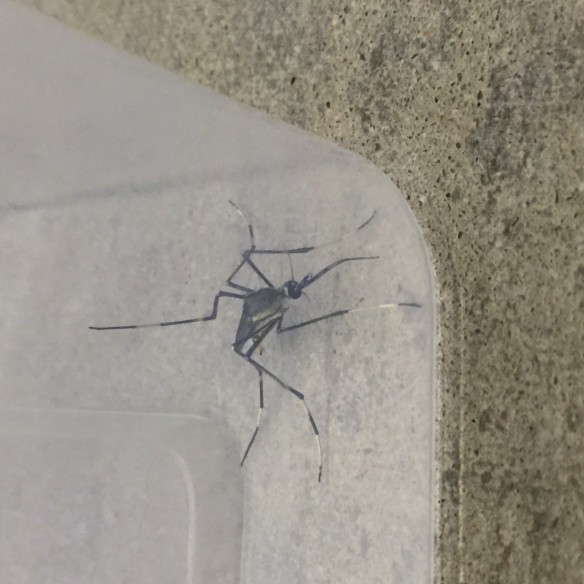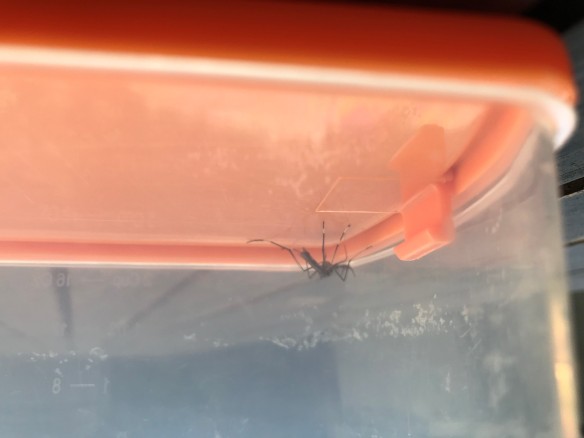
“School’s out forever
School’s out for summer
School’s out with fever
School’s out completely” Alice Cooper
The end of the school year for students completing high school is here. School is out so the partying can start! Lets hope fever isn’t part of the story too.
For many students, this means traveling overseas for “schoolies” celebrations. The health and wellbeing of students attending “schoolies” has been front of mind of many parents and local authorities. This isn’t surprising given the risk taking behaviours many engage in.
Health authorities are often warning about potential health risks. However, with many travelling overseas for end of school celebrations, a range of mosquito related health risks may be experienced. The steps taking to avoid mosquito bites at home need to be changed if travelling to regions of the world where different mosquitoes and more serious mosquito-borne pathogens are found.
Overseas travel brings different risks
The risks may be significantly greater if travelling overseas to tropical regions such as SE Asia and the Pacific. Bali is a particularly popular party destination and also one with a high risk of mosquito-borne disease, especially dengue.
There are other mosquito-borne diseases to be wary of. Fortunately, the steps taken to avoid dengue will also assist in preventing exposure to Zika or Chikungunya too. There are occasionally cases of Japanese encephalitis virus in Australian travellers but they are rare.
Some regions will have a risk of malaria too. If you’re traveling to one of those regions, best consult your local travel health professional.
One of the main differences Australian travellers will face when spending time in regions prone to dengue outbreaks is that the mosquitoes that spread the virus bite during the day. We’re familiar with the local warnings to avoid mosquitoes at dawn, dusk, and overnight here in Australia. The mosquito that drives dengue outbreaks is most commonly Aedes aegypti, a mosquito that bites during the day.
We’re also likely to reach for the mosquito repellent when mosquitoes are abundant, as they often are, during summer coastal holidays. Bu Aedes aegypti is generally not that abundant. Don’t wait to notice the mosquitoes biting before putting on repellent.
These mosquitoes are also most likely to be present around urban areas and villages. These mosquitoes aren’t found in wetlands, they like living in water-filled containers where people live. Don’t think that just because you aren’t visiting wetlands or rainforests that there won’t be a risk of mosquito-borne disease!
Here are three tips on protecting yourself against mosquito-borne disease if you’re travelling overseas for “schoolies” celebrations:
1. Protect yourself against day-biting mosquitoes. Apply a repellent before breakfast and apply it like sunscreen. An even cover of exposed skin is required. Don’t bother applying it to clothing or “spraying it around the room”, that won’t protect you from bites.
2. Take repellent with you. Australian repellents must be registered with the Australian Pesticides and Veterinary Medicines Authority who test for efficacy and safety. You may not be able to get a hold of similar products overseas. Use a repellent that contains either diethyltoluamide (aka DEET) or picaridin; these formulations are readily available in local supermarkets and pharmacies. Oil of Lemon Eucalyptus is useful too but these formulations are often difficult to find.
3. Even if you’re staying at an expensive resort, where mosquito control is probably in place, take insect repellent for those day trips to local villages or markets. These are places and times where you may be exposed to “dengue mosquitoes”.
Don’t forget to check out Smart Traveller before heading off to Bali…or anywhere else for that matter. They provide all the updates on health and security concerns.
—
Photo at top of this post by Jed Villejo on Unsplash





